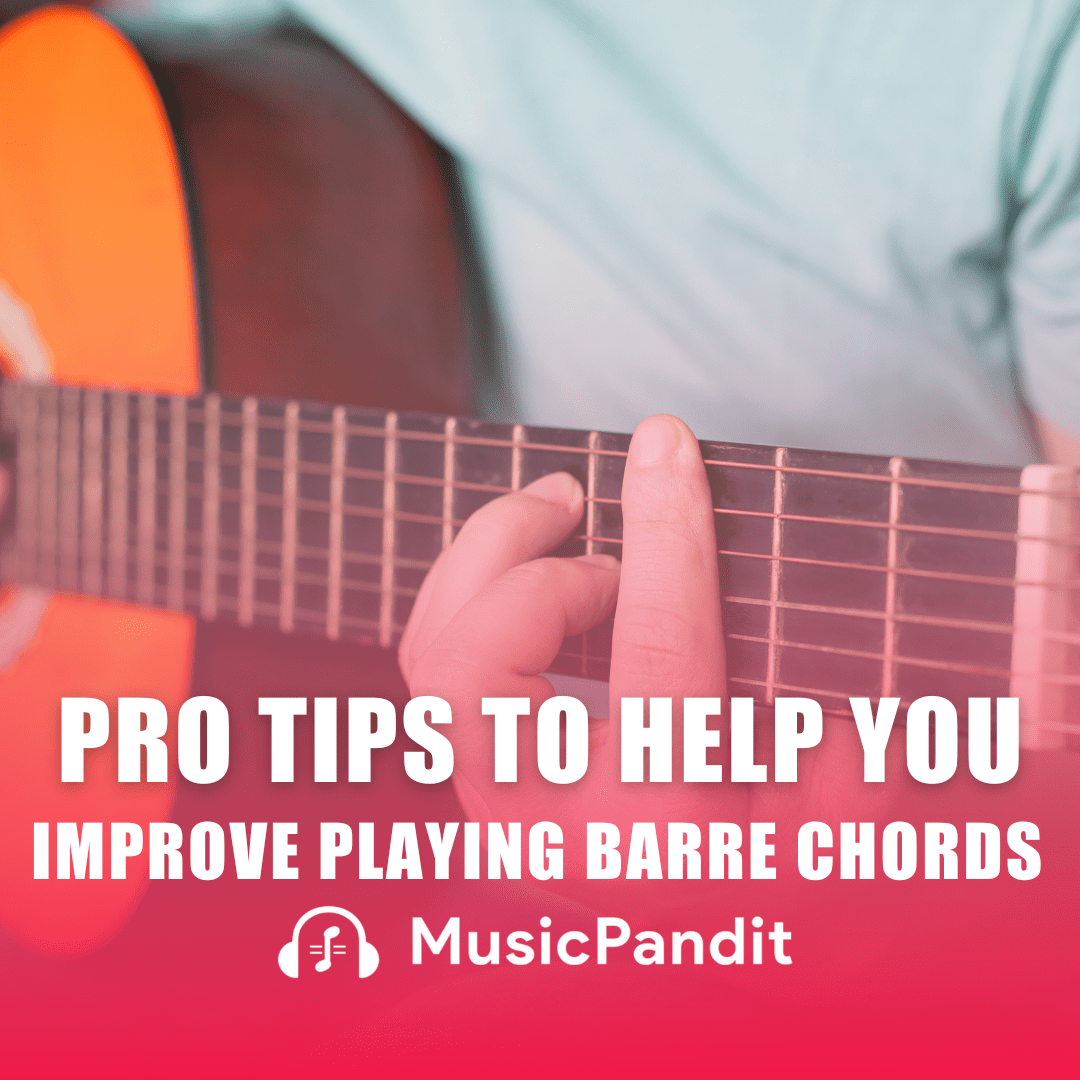Have you ever heard a beautiful cascade of notes in a song that seems to flow like water? Chances are, you’ve just encountered an arpeggio! Arpeggios are a fundamental concept in music that can add richness and depth to melodies and harmonies. In this article, we’ll explore everything you need to know about arpeggios, from their basic definition to advanced applications.
What is an Arpeggio?
An arpeggio is a musical technique where the notes of a chord are played in sequence, one after the other, rather than simultaneously. The word “arpeggio” comes from the Italian word “arpeggiare,” which means “to play on a harp.” This is because the technique resembles the way a harpist might play by plucking individual strings in succession.
Key Characteristics of Arpeggios:
- Sequential playing of chord notes
- Can ascend, descend, or both
- Used in various musical styles and instruments
- Creates a flowing, rippling sound
Types of Arpeggios
Arpeggios come in many different forms, each with its own unique sound and application. Let’s explore some of the most common types:
1. Major Arpeggios
Major arpeggios are built on major chords, which have a bright and happy sound. They consist of the root note, major third, and perfect fifth of the scale.
Example: C Major Arpeggio = C – E – G
2. Minor Arpeggios
Minor arpeggios are based on minor chords, which often sound more melancholic or serious. They include the root note, minor third, and perfect fifth.
Example: A Minor Arpeggio = A – C – E
3. Diminished Arpeggios
Diminished arpeggios have a tense, unsettled quality. They’re made up of the root note, minor third, and diminished fifth.
Example: B Diminished Arpeggio = B – D – F
4. Augmented Arpeggios
Augmented arpeggios have a bright, slightly dissonant sound. They consist of the root note, major third, and augmented fifth.
Example: F Augmented Arpeggio = F – A – C#
5. Seventh Arpeggios
Seventh arpeggios add a fourth note to the basic triad, creating a richer sound. There are several types, including major seventh, minor seventh, and dominant seventh.
Example: G Dominant 7th Arpeggio = G – B – D – F
Structure of Arpeggios
Understanding the structure of arpeggios is crucial for playing them correctly and incorporating them into your music. Let’s break down the components:
Intervals
Arpeggios are built on specific intervals between notes. For a major arpeggio, the intervals are:
- Root to 3rd: Major 3rd (4 semitones)
- 3rd to 5th: Minor 3rd (3 semitones)
- 5th to Octave: Perfect 4th (5 semitones)
Chord Tones
The notes in an arpeggio correspond to the chord tones of the underlying chord. For example, a C major arpeggio (C – E – G) uses the same notes as a C major chord.
Inversions
Arpeggios can be played in different inversions, just like chords. This means starting on a different note of the arpeggio:
- Root position: C – E – G – C
- First inversion: E – G – C – E
- Second inversion: G – C – E – G
How to Play Arpeggios
Now that we understand what arpeggios are and how they’re structured, let’s look at how to play them on different instruments.
Piano Arpeggios
On the piano, arpeggios are typically played by:
- Starting with the thumb on the root note
- Crossing the thumb under to reach higher notes
- Using a smooth, connected motion between notes
Practice tip: Start slowly and gradually increase speed as you become more comfortable.
Guitar Arpeggios
On the guitar, arpeggios can be played in several ways:
- Plucking individual strings with fingers or a pick
- Using sweep picking technique for faster arpeggios
- Incorporating hammer-ons and pull-offs for legato arpeggios
Practice tip: Focus on clear articulation of each note before trying to increase speed.
Other Instruments
Arpeggios can be played on virtually any instrument, including:
- Violin: Using different bow strokes or pizzicato
- Saxophone: Through careful fingering and breath control
- Synthesiser: Often using pre-programmed arpeggiator functions
Applications of Arpeggios in Music
Arpeggios are incredibly versatile and can be found in almost every genre of music. Let’s explore some common applications:
Melody Creation
Arpeggios can form the basis of memorable melodies. By using the notes of an arpeggio as a framework, composers can create flowing, lyrical lines that outline the underlying harmony.
Example: The opening of “Canon in D” by Pachelbel uses arpeggiated figures in the melody.
Accompaniment
In many styles of music, arpeggios are used to create accompaniment patterns. This is especially common in piano music, where the left hand often plays arpeggiated chords to support the melody in the right hand.
Example: The piano part in “Clocks” by Coldplay uses a repeating arpeggiated pattern.
Solo Passages
Arpeggios are a staple of instrumental solos, particularly in rock and jazz. They allow musicians to outline chord progressions while creating fluid, fast-moving lines.
Example: Eddie Van Halen’s guitar solo in “Eruption” features rapid arpeggios.
Texture and Atmosphere
In electronic and ambient music, arpeggios often create a sense of motion and texture. Many synthesisers have built-in arpeggiators that can generate complex patterns based on held chords.
Example: The pulsing synthesiser parts in many Daft Punk songs use arpeggiated patterns.
Practising Arpeggios: Tips and Techniques
To master arpeggios, consistent practice is key. Here are some tips to help you improve:
1. Start Slow
Begin practising arpeggios at a slow tempo, focusing on accuracy and evenness. Gradually increase the speed as you become more comfortable.
2. Use a Metronome
Practice with a metronome to develop a steady rhythm and timing. This is crucial for playing arpeggios smoothly and evenly.
3. Practice Different Patterns
Don’t just practise ascending and descending arpeggios. Try different patterns, such as:
- Up and down (C-E-G-C-G-E-C)
- Skipping notes (C-G-E-C)
- Combining arpeggios (C major to A minor)
4. Incorporate into Scales
Practice transitioning between scales and arpeggios. This will help you use arpeggios more naturally in your playing.
5. Learn Arpeggio Etudes
Many composers have written études (study pieces) focused on arpeggios. These can be excellent practice material.
Example: Chopin’s Étude Op. 10, No. 1 is a challenging piece centred around arpeggios.
Famous Examples of Arpeggios in Music
Arpeggios have been used to great effect in countless pieces of music. Here are some well-known examples:
Classical Music
“Prelude in C Major” from The Well-Tempered Clavier by J.S. Bach
“Moonlight Sonata” by Ludwig van Beethoven (the flowing arpeggios in the first movement)
“Une Barque sur l’Océan” by Maurice Ravel (featuring complex, impressionistic arpeggios)
Pop and Rock Music
“Let It Be” by The Beatles (the piano arpeggios in the intro)
“Stairway to Heaven” by Led Zeppelin (the iconic acoustic guitar intro)
“Rhiannon” by Fleetwood Mac (the arpeggiated guitar part)
Jazz
“Autumn Leaves” (commonly played with arpeggiated chords)
“Giant Steps” by John Coltrane (featuring rapid arpeggio-based lines)
Advanced Arpeggio Concepts
As you become more comfortable with basic arpeggios, you can explore more advanced concepts:
Extended Arpeggios
These include notes beyond the basic triad, such as 7ths, 9ths, 11ths, and 13ths. They’re commonly used in jazz and more complex harmonic music.
Combining Arpeggios
Try connecting different arpeggios to create longer lines or to outline chord progressions. This is a key skill in improvisation.
Arpeggios in Different Time Signatures
Practise playing arpeggios in various time signatures (3/4, 5/4, 7/8, etc.) to improve your rhythmic flexibility.
Conclusion
Arpeggios are a fundamental element of music that offer endless possibilities for creativity and expression. Whether you’re a beginner just starting to explore music theory or an advanced player looking to enhance your skills, understanding and practising arpeggios can significantly improve your musicianship.
Remember, the key to mastering arpeggios is consistent, focused practice. Start slow, pay attention to accuracy and evenness, and gradually build up speed and complexity. With time and dedication, you’ll find arpeggios becoming an integral and natural part of your musical vocabulary.
So pick up your instrument, start exploring these beautiful cascades of notes, and watch as they add a new dimension to your playing. Happy practising!














